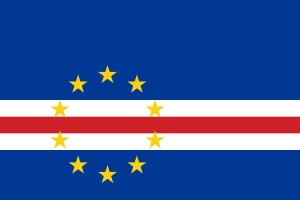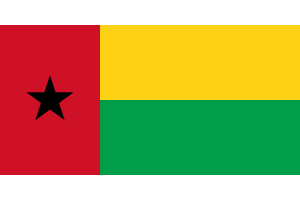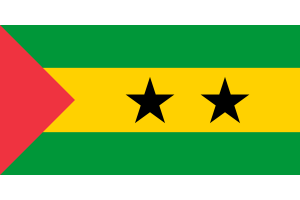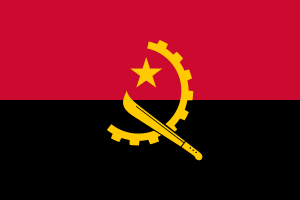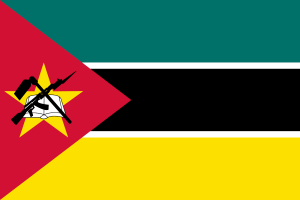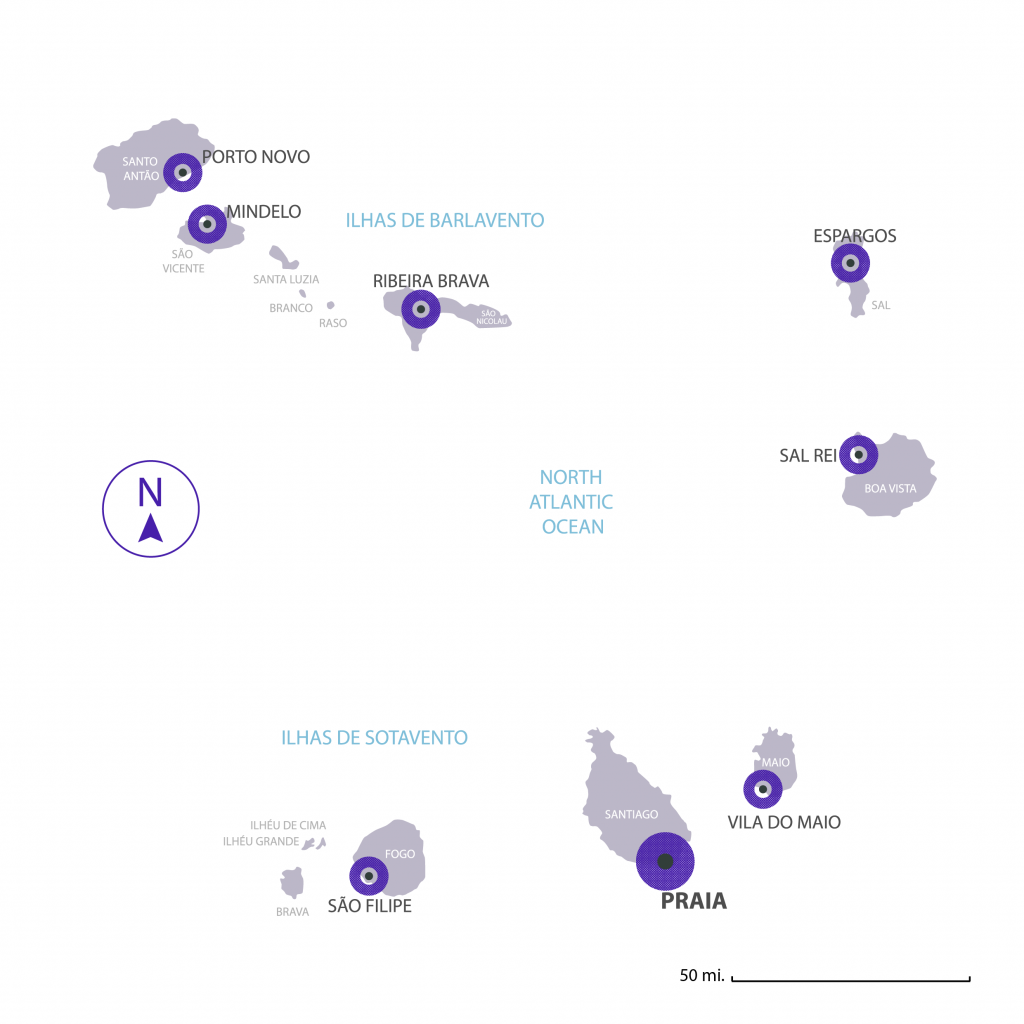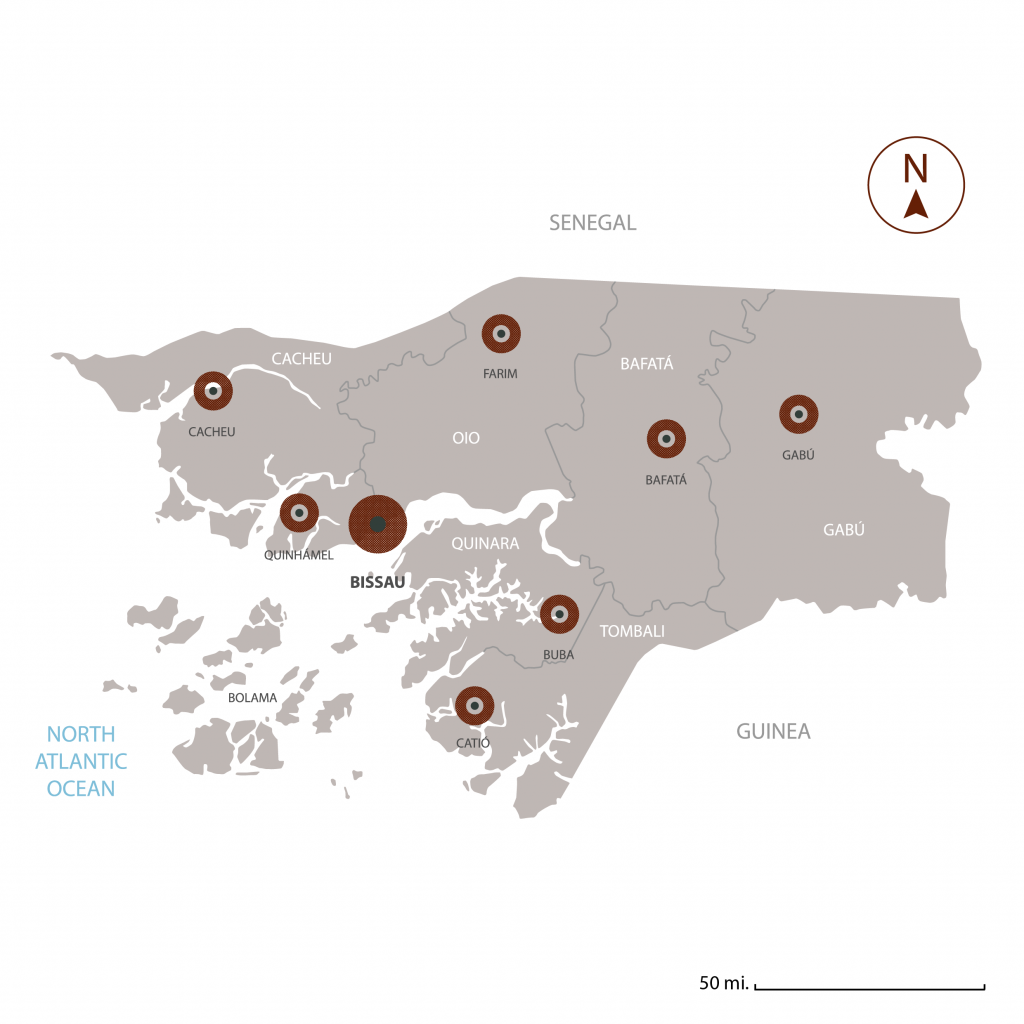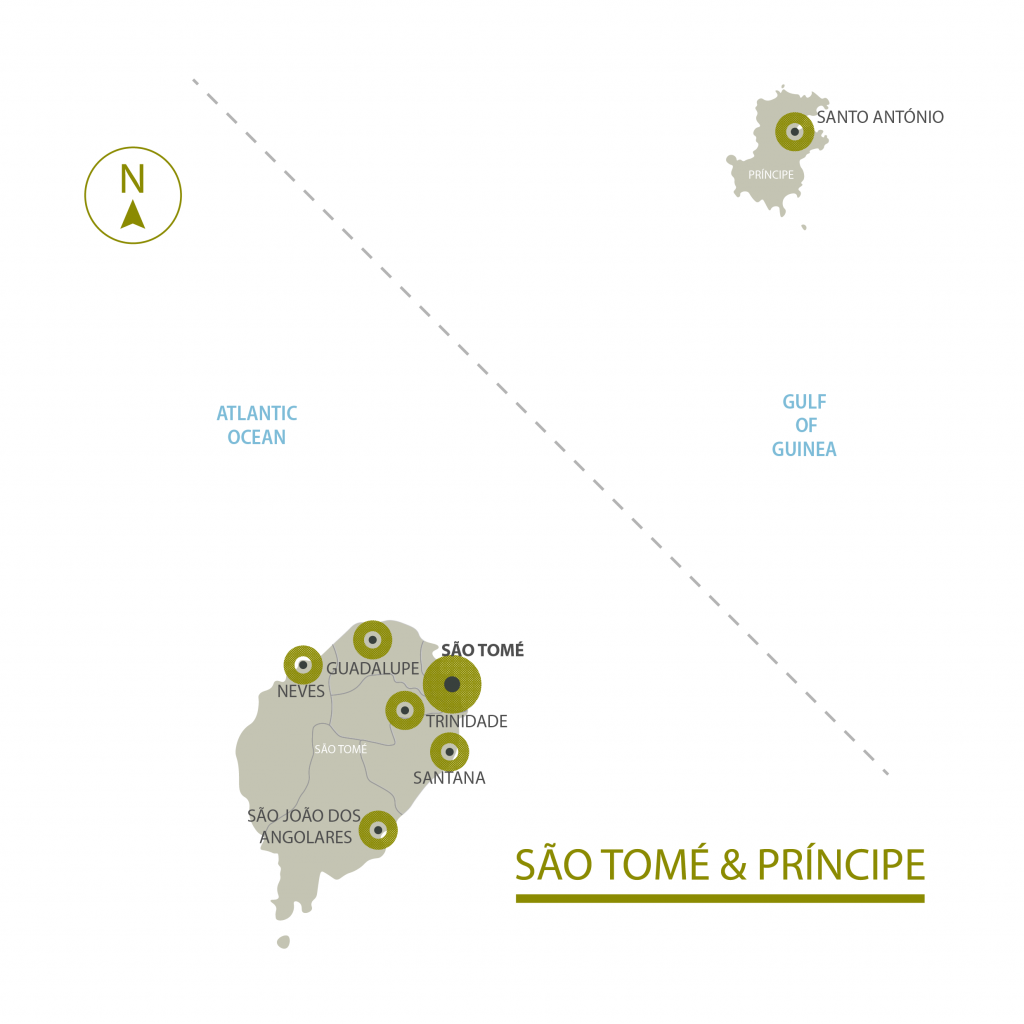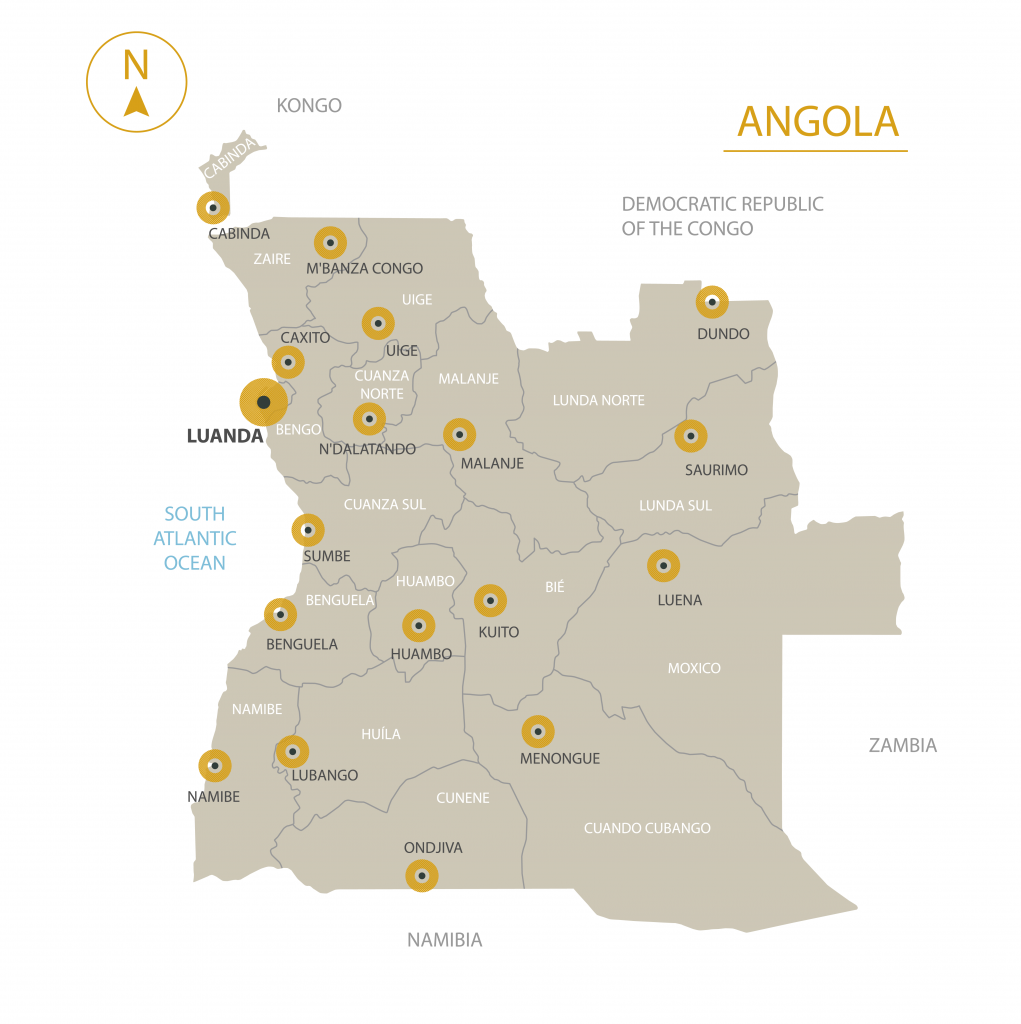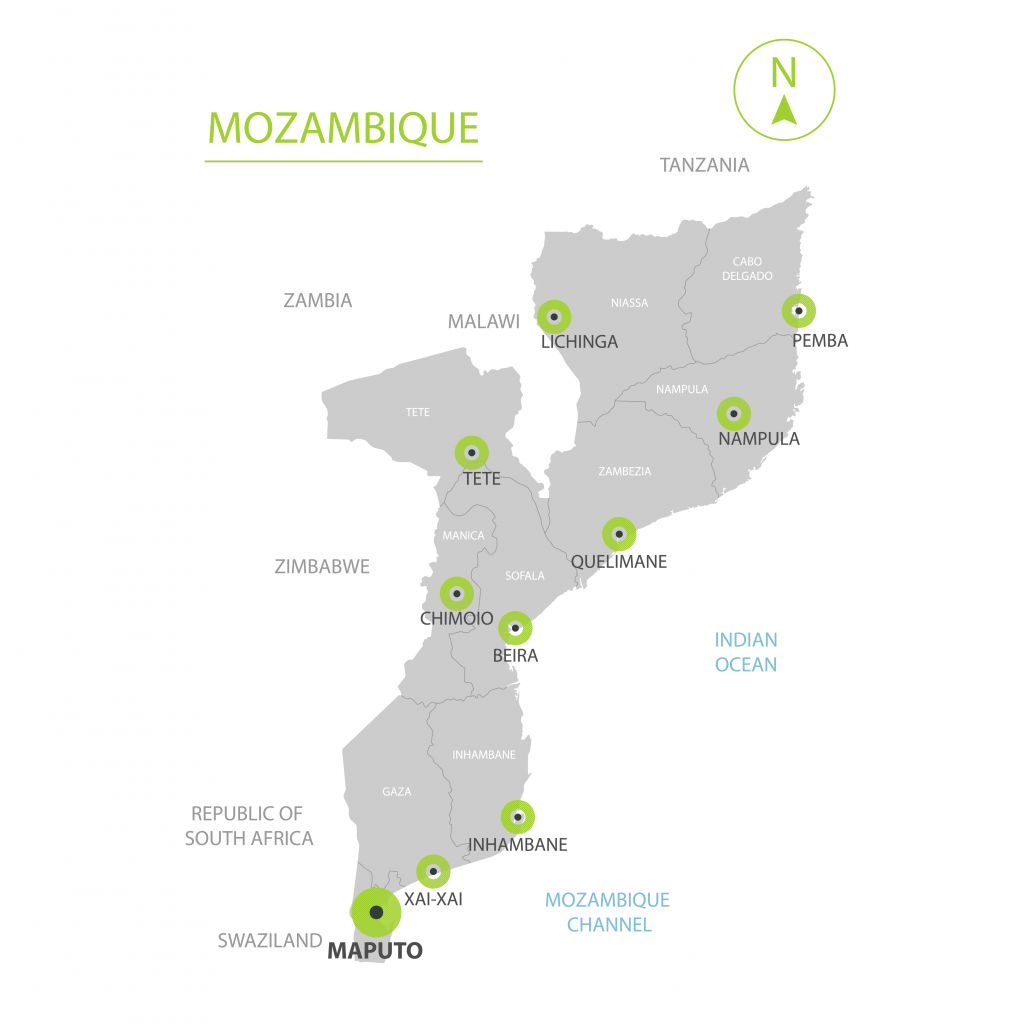Luso-Africa
What is Luso-Africa?
Luso-Africa refers to the cultural, historical, and linguistic connections between Portugal and five African countries that share Portuguese as an official language: Angola, Cape Verde, Guinea-Bissau, Mozambique, and São Tomé and Principe. These connections originated in the Portuguese colonial era when the European nation established and ruled these countries as colonies. Each of Luso-Africa’s five countries has a unique and rich cultural heritage shaped by their African roots, local traditions, and influences, and, for better or worse, their Portuguese colonial history, which plays a vital role in the cultural identity of each nation.

Luso-Africa at a Glance
The Countries of Luso-Africa
Cabo Verde
Cabo Verde (or Cape Verde) is a small island nation consisting of ten inhabited islands, with a rich cultural heritage that reflects its African, Portuguese, and Portuguese-Creole roots. First discovered and colonized by Portugal in the 15th century, the Portuguese slave traders used the islands as a stopover for their ships en route to the Americas. Cabo Verde gained independence from Portugal in 1975 and has since become a stable, democratic nation with a growing economy. Cabo Verdean music, especially the genre known as morna, is widely recognized for its soulful melodies and melancholic lyrics. Cabo Verde is also known for its stunning beaches and vibrant coastal cities.
Guinea-Bissau
Guinea-Bissau was a Portuguese colony from the 16th century until 1974, when it declared independence following a long and bloody struggle for independence. It became the first sub-Saharan African nation to overthrow colonial rule by military force. Since independence, Guinea-Bissau has struggled with political instability but has also made progress in working toward democratic governance and economic growth. It is one of Africa’s most biologically diverse countries, with a rich array of flora and fauna, including rare and endemic species. Guinea-Bissau’s history as a former Portuguese colony and its location at the crossroads of West Africa make it a culturally diverse nation.
São Tomé & Príncipe
São Tomé and Principe is a small two-island nation with a rich cultural heritage that reflects its African and Portuguese roots. The islands were discovered and colonized by Portugal in the 15th century and became an important center for the Trans-Atlantic slave trade. The island nation gained independence from Portugal in 1975 and has since established a stable, democratic government with a growing economy based on tourism and agriculture. São Tomé and Principe is known for its colonial-era architecture, including historic churches, forts, and palaces. The island nation also produces high-quality coffee and cocoa, which are important exports.
Angola
Mozambique
Luso-Africa refers to the cultural, historical, and linguistic connections between Portugal and five African countries with Portuguese as an official language: Angola, Cape Verde, Guinea-Bissau, Mozambique, and São Tomé and Principe. These connections originated in the Portuguese colonial era when the European nation established and ruled these countries as colonies. Each of these five countries has a unique and rich cultural heritage shaped by their African roots, local traditions, and influences, and, for better or worse, their Portuguese colonial history, which plays a vital role in the cultural identity of each nation of Luso-Africa.

